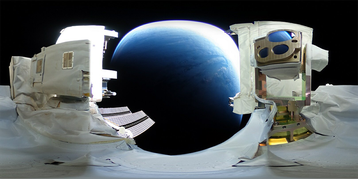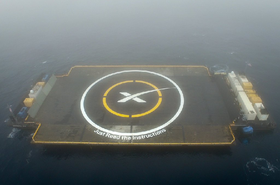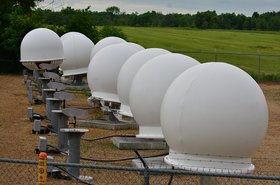Sony Corporation of America has formed a new company, the Sony Space Communications Corporation, to develop space optical communications.
The company's Computer Science Laboratories previously worked with the Japan Aerospace Exploration Agency (JAXA), along with the National Institute of Information and Communications Technology (NICT), to set up a bidirectional laser link to the International Space Station.
That project was the first bidirectional Ethernet connection in space, using satellite laser technology based on optical disc technology from Sony.
The new SSC plans to develop small optical communications devices to provide related services to connect micro satellites in LEO via a laser beam.
The company plans to offer the optical communications equipment as a service to companies working on satellite development. It expects the technology to be used between satellites and ground stations, as well as between satellites themselves.
"Currently there are approximately 12,000 satellites in space, and the number is expected to increase in the future. The amount of data used in orbit is also increasing year by year, but the amount of available radio waves is limited," said Kyohei Iwamoto, the new president of Sony Space Communications Corporation.
"Low Earth Orbit (LEO) satellites need to communicate with the ground, so a large number of communications facilities are required for real-time communications, which is problematic because these satellites must pass directly over a ground station to communicate with it. Additionally, the need for frequency licenses for radio waves and the requirement for lower power consumption of communication equipment needed by smaller satellites, like micro satellites, are also issues to be addressed."




